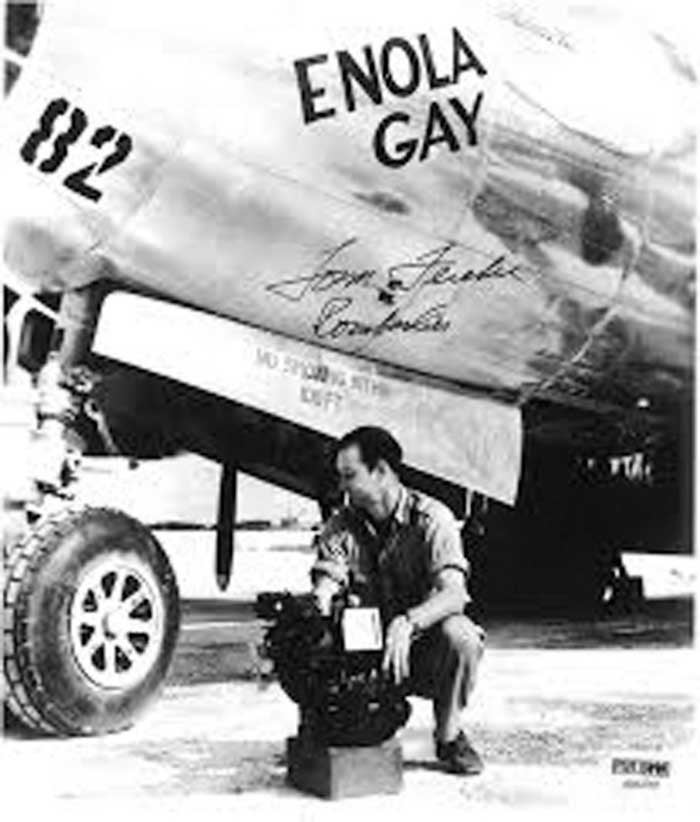Editorial: Jim Rumley helped shape Cooleemee’s reputation
Published 9:39 am Thursday, August 27, 2020
|
Getting your Trinity Audio player ready...
|
Cooleemee has been called a lot of different things over the years; and often from those who lived elsewhere, those names weren’t flattering.
Those people were wrong.
How do we know?
Jim Rumley.
People all over the country know about Cooleemee because of Jim Rumley. They know that the town was the bustling economic center of Davie County at one time. They know the history of the cotton mill, the company store, the company park, the company ball teams, the company houses. They know about the history of the churches and schools, businesses and pasttimes.
But more importantly, they know about the people.
Without a speck of lint in his hair, Jim Rumley and wife Lynn rolled into town and fell in love with the place. It quickly became their home – their beloved hometown. They rallied their neighbors – most of whom had families that had lived in the town for generations – and formed a historical association and museums for all to see.
Jim Rumley loved his adopted hometown, and he wanted everyone to know about its history and its people. So he wrote a book.
The book didn’t happen overnight. It wasn’t just Jim’s imagination. It is filled with facts and photographs – all meant to honor the people of Cooleemee in a fair and accurate way. You could change the names, and the book would be eerily similar to the lives of people in cotton mill towns across the South.
Jim Rumley didn’t conclude that the people who first worked at the cotton mill were, well, not that smart. Working conditions in the mills weren’t great. It was hard work with long hours, often with a supervisor lording over you. You had no say in anything. Only a dumb person would take a job like that, right? Wrong. That would have been the easy conclusion, and it was at the time from people who lived elsewhere. Those new residents of Cooleemee didn’t spend their money well and relied on the mill for many facets of their lives.
Jim concluded – and rightly so – that these people didn’t know what to do with their money because they had never had any. Most were subsistence farmers. They grew and raised and hunted what they ate. What little money they could scramble from selling something here and there went to things such as sugar and coffee, things they couldn’t grow.
But they weren’t dumb.
The cotton mill owners must have know that, too. Sure, they needed the flowing water to turn turbines to power their factories, that’s why the locations were picked, but they also knew that people in the rural South could fix those machines. If something broke at their home or farm, they fixed it themselves. They had that knowledge.
Jim Rumley’s book wonderfully chronicles the lives of these mill workers. There are dozens of videos, as well, mostly interviews with “old timers” who remembered how Cooleemee was in its heyday. Most said it was like living in one big family.
Rumley’s passing last week, and the passing of others who were instrumental in chronicling Cooleemee’s past, leaves a void that needs to be filled.
Rumley’s book will be here for future generations to read and learn.
But what about the Cooleemee Historical Association? The museums that people built? These people put their hearts and souls into these projects, making them as realistic as possible. The museums are fantastic, and not just for a small town. Walking through the museums is just like the Rumleys imagined – taking a walk back in time.
But museums need two things that are sorely lacking in Cooleemee right now. Manpower and money.
It takes money to keep the lights on, that’s obvious.
But manpower is something that’s up to us to break from our busy lives and do something for the broader good. If you’re the ancestor of one of those “lintheads,” get involved. If you love history, get involved. If you love Cooleemee, get involved.
Do it for Jim
– Mike Barnhardt


